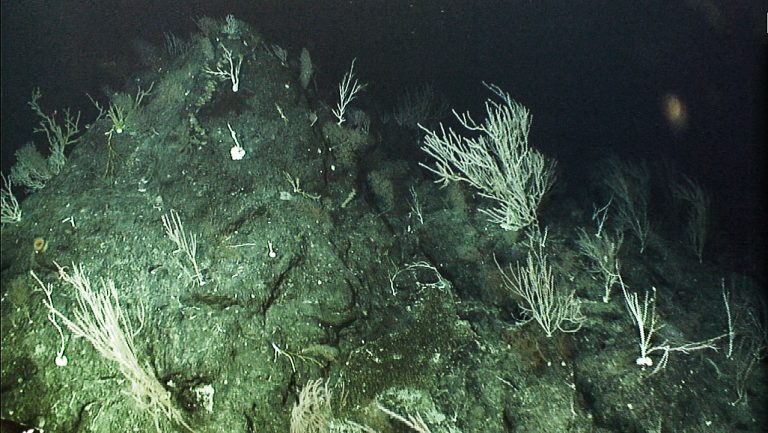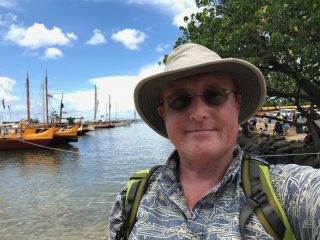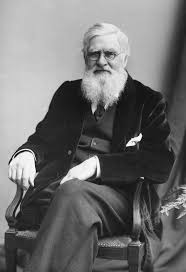
In 1859, the famous British naturalist Alfred Russel Wallace drew a line between the Indonesian islands of Bali and Lombok as the proposed dividing line between Asian and Australian fauna. On the East side of the line were animals particular to Asia and Australia, and West of the line were only Asian fauna. The deep waters of the Lombok Strait did not fully drain during the last glacial maximum when vast ice sheets covered large swaths of the Northern Hemisphere, and sea levels were over 100 meters lower than they are today. While other animals – including humans – crossed new land bridges around the planet, the deep Lombok Strait still prevented Australian fauna from entering into Asia and this faunal variation can be observed today in the unique animals found only Down Under, such as wallaby, platypus, and koala.
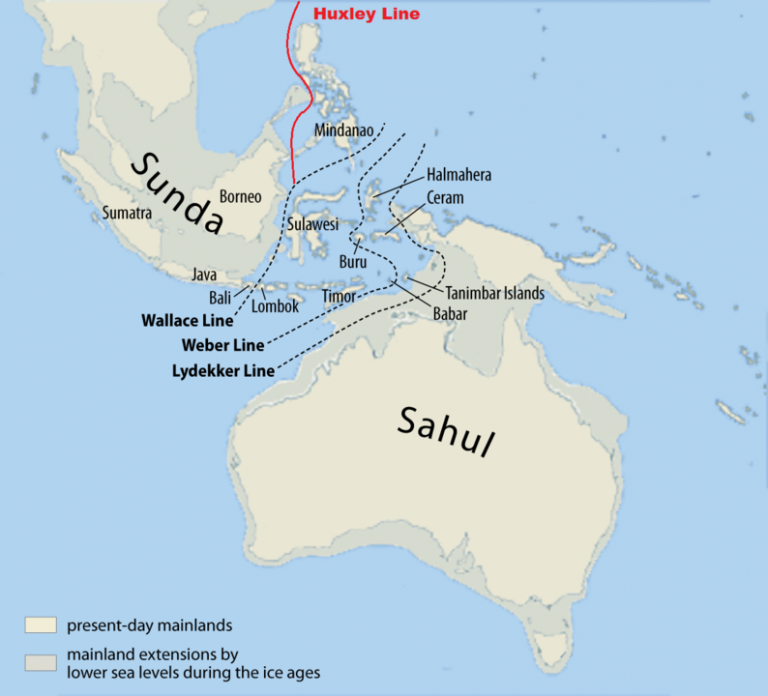
Deep Sea Partitions
Similar, though poorly understood, faunal dividing lines exist in the oceanic depths. Changes in composition of deep-sea corals, crinoids, and other organisms exist along underwater mountain ranges such as the Hawaiʻi-Emperor Seamount Chain and Necker Ridge. Barriers and bridges to larval transport can be geographic features such as large or small gaps between seamounts, or they can be strong currents that carry larvae away from the ridge, preventing movement along it. During the previous expedition on R/V Falkor, scientists studied one of these dividing lines in the Emperor Seamount chain called the Main Gap to determine where deep-sea sessile organisms from the Aleutian chain stopped and those unique to the Hawaiian Archipelago began. On this current expedition, we are looking at the other end of the Hawaiian Archipelago to determine if Necker Ridge is a bridge or a barrier for deep-sea organisms to enter into Hawaiian waters from the Mid-Pacific Mountains and other points south.
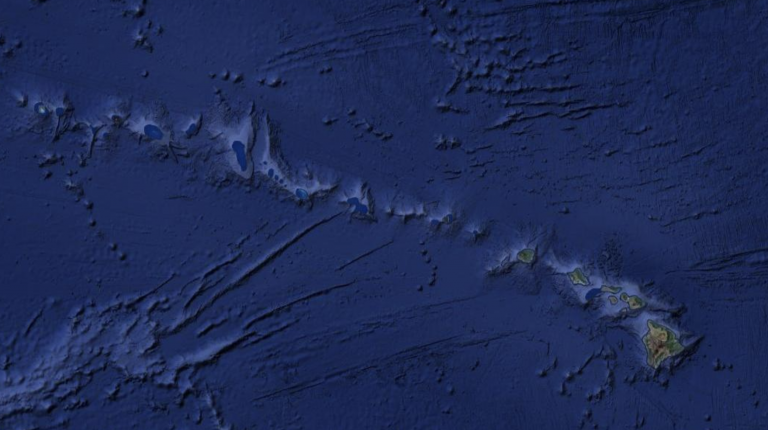
Understanding Movement of Larvae Along Oceanic Ridges
It is important to understand how freely organisms spread along oceanic ridges, since this can influence how isolated – and potentially at risk – some populations are, should they become threatened by impacts such as deep sea mining, bottom trawling, or even disease. While Wallace was able to wander through the jungles of Southeast Asia to make his observations of animal distribution, exploration of the deep sea takes very specialized equipment that can withstand extreme pressure and temperature changes, while making observations in total darkness. Wallace certainly had his challenges with dangerous environments, disease, solitude, and cultural barriers, but the tools for observation and discovery we have today would likely make the most adept naturalist of the 1800’s think of magic and sorcery. Instead of Wallace’s small wooden cages for birds and insects, we have high definition cameras, bio-boxes for samples, robotic arms and vacuums that gather on a machine that does our bidding remotely, all while transmitting observations to the R/V Falkor on the ocean’s surface.
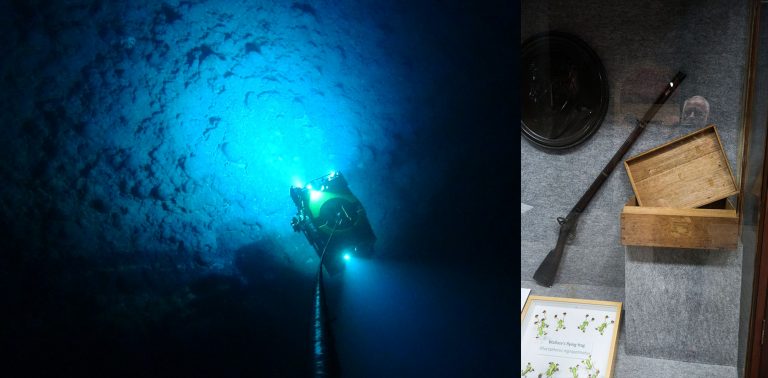
During this expedition we will be using the Remotely Operated Vehicle SuBastian to sample while surveying several sites along Necker Ridge, as well as on either side of the Hawaiian Ridge where it intersects. Previous surveys of Necker Ridge have shown a variation of dominant megafauna with crinoids more abundant in the southern part of the ridge, and octocorals dominant in the northern part and along the Hawaiian Ridge. These video surveys using the Pisces IV submersible were limited and not able to collect samples for genetic analyses. This makes it more challenging to confirm if an octocoral along the northern end of Necker Ridge is the same species found along the Hawaiian Ridge, though some well studied octocorals can be identified through video observation. Through additional seamount video surveys and collection of samples for genetic analyses at comparable habitats and depths on Necker Ridge and along the Hawaiian Ridge, we intend to determine if Necker Ridge is a pathway or a barrier for octocorals, crinoids, and other benthic organisms moving into the Hawaiian Archipelago. As with Wallace nearly two centuries ago, understanding the distribution and movement of animals across our planet provides one of the best mechanisms for understanding biodiversity. These data also provide critical information for managing habitats, their potential uses, and implementing effective conservation.
